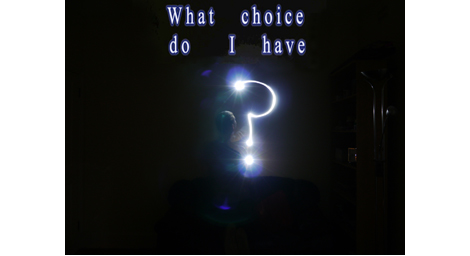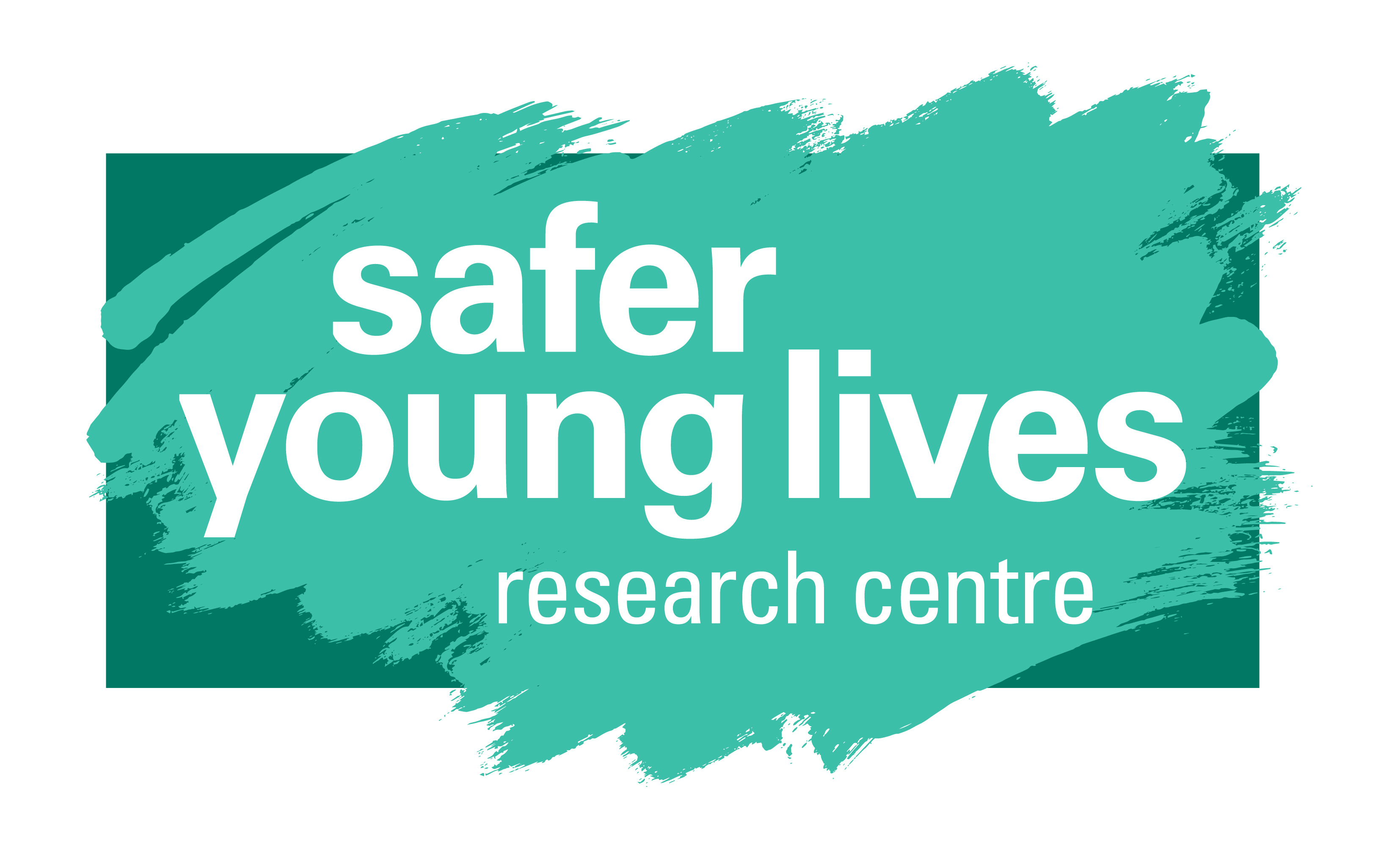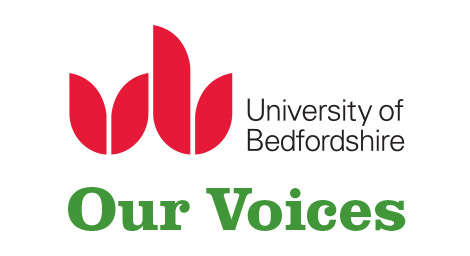Having Our Say Too

Having Our Say Too (HOST) was a two-year UK wide participatory photography project designed and delivered by PhotoVoice between March 2012 and January 2014.
PhotoVoice partnered with the National Working Group: Tackling Child Sexual Exploitation (NWG) to run participatory photography projects across the UK. All projects ran in partnership with specialist support providers who work directly with young people, who have experienced sexual exploitation or who have been identified as at risk.
The young people participated in 3-month photography projects exploring different themes that offer a context to sexual exploitation including gender, power and relationships. They also developed their understanding of visual literacy, photography and story telling techniques.
The work created on the project represents their thoughts, responses and experiences through photography and text, and through creating their own digital stories. This process has enabled them to both make sense of their experiences and share their perspectives on the issues.
All the young people had the opportunity to complete a SEPE (Supporting Employability and Personal Effectiveness) BTEC certificate as part of each project.
A resource pack has also been developed for service providers and professionals to deliver services and workshops that are directly informed by the experiences and perspectives of young people themselves. The activities have been created in response to their work, ensuring that the input from the participants directly supports other young people across the UK to understand the issues and context of sexual exploitation furthering their capacity to safeguard themselves.
An online project website with a gallery and resources is also available. It also profile's the photographic work of each young person on the project.
About PhotoVoice
Working in partnerships with other charities, projects and community organisations, PhotoVoice designs and delivers tailor-made participatory photography, digital storytelling and self-advocacy projects enabling communities and individuals to speak for themselves about their experiences and perspectives. Visual language and creative processes can act as a powerful tool to explore and communicate complex issues and experiences.
PhotoVoice's vision is for a world in which no one is denied the opportunity to speak out and be heard and PhotoVoice's mission is to build skills within disadvantaged and marginalised communities using innovative participatory photography and digital storytelling methods so that they have the opportunity to represent themselves and their perspectives, creating tools for advocacy and communication to achieve positive social change.
Why photography?
Photography is a highly flexible tool that crosses cultural and linguistic barriers and can be adapted to all abilities. Its power lies in its dual role as an art form and as a means to record facts. It provides an accessible way to define realities, communicate perspectives and raise awareness of important social and global issues. Its low cost and the ease of dissemination encourages sharing and increases the potential to generate dialogue and discussion.
It is used in developing and enabling creative forms of communication – developing aesthetic and conceptual considerations with people who would otherwise not have the opportunity to develop this practice.
Projects are designed to develop a diverse base of skills (photographic, visual literacy, project development, building confidence and agency in life generally).
The focus for the kind of social change is different for every project and may be focused on change for the individual or for communities – or as with Having Our Say Too, for both.
Participatory photography projects develop a range of creative outputs and platforms that place the material produced in a range of contexts (creative and social), it can be used for community engagement, also monitoring, research and campaigning.
Project partners are essential on all projects and Having Our Say Too (HOST) project partnered with the NWG. Our partnership was based on their knowledge, expertise and networking capacity (to engage CSE projects across the UK and to disseminate the work, the resource and the concept of participatory photography as a useful tool for working with young people affected by CSE).
Overall project aims:
- To inform the debate around sexual exploitation with the experiences and perspectives of young people at risk of or directly impacted upon by sexual exploitation. Developing platforms for self- representation and self - advocacy are key.
- To support young people to use photography as a creative tool enabling them to explore, make sense of their experiences and express themselves. The group work process and participative methodology works directly to support this aim.
- To offer young people the opportunity to develop additional creative skills – photographic, written and digital media – Including offering opportunity to work towards a BTEC Certificate level 1.
- To support young people to develop a greater awareness of the issues (in each project through the workshop programme and through the DVD resource) and raise self-confidence and self esteem in project participants.
- To further inform and support the practice of professionals who work with young people in a diverse range of contexts (including specialists in specific support contexts and mainstream contexts such as schools).
How was this achieved? It was a three-phase project:
Phase 1 - was the workshop phase and included the direct creative work with young people affected by or at risk of sexual exploitation. During this phase we partnered with specialist teams to deliver the workshop programme. This was important – bringing together the photographic participatory photographic and creative skills of PhotoVoice and the support and specialist skills of the local partners on the project. This project has a multi-organisation partnership for the workshop programme phase. It was important to develop a tailored, responsive and appropriate workshop programme for each project and that the knowledge and skills of each local partner fed comprehensively into the development of the workshop timeline, approach, style and content. Partners included:
Full 3-month projects:
- Blackburn Engage
- NSPCC Protect and Respect Bethnal Green
- Walsall Street Team
- Barnardo's SECOS, Middlesbrough
Short Projects:
- Derby Safe and Sound
- NSPCC Protect and Respect Croydon
Phase 2 was the development of the resource (in partnership with NWG and through a focus group made up of professionals and two young people from the workshop programme).
Phase 3 was the dissemination phase – delivering sessions for professionals on using the resource, speaking at conferences on it's potential use and place within the CSE context and delivering activities from the resource to support projects.
The project ran over two years and launched in November 2013 at The Photographers Gallery, London with an exhibition and screening. Photographic exhibitions have included Brighton Photo Fringe, Perugia Social Photo Fest and The London Art Fair.
Over 500 resource packs have been disseminated to a diverse range of UK based services and PhotoVoice are currently fundraising to run another phase of the project with three project partners on board to focus on supporting young people to focus on creating work that discusses 'Talking to Parents', 'Impacts of CSE on Young Men and life choices' and 'Online Grooming'.
Challenges and lessons learned
The most significant issues from the project were
1. The importance of the engagement and inclusion of young men in the process
Young men were under represented in support projects generally and so through conversations with partners it seemed important to develop one project that looked to only engage young men as participants. By doing this we were able to tailor the project to the needs of young men – adjusting activities, having a male only space that had an impact on the dialogue and work that was created on this project. It was important for the continued legacy of the resource that young men's experiences and perspectives were present – to support further support work and awareness of the impact on young men.
2. The legacy and sustainability of the project model as an additional tool for practitioners working in the CSE context.
Participatory photography is a useful tool that specialist CSE practitioners can use as part of their range of services but often there isn't the time, confidence/skills or resources to develop these kinds of creative projects. This project model is never designed to replace keywork or safeguarding practices but it could be a welcome addition to any services that would look to either offer a creative tool to their young people – or to introduce a group work programme, that isn't purely discussion based. One of the aims for the future is to support interested services to incorporate participatory photographic practice into their programme as another tool for the toolkit.
Also to ensure that the work created by the young people has a place in directly affecting the kinds of materials and support that other affected young people receive.
3. One of the greatest challenges was to support young people to explore and communicate their experiences and perspectives whilst keeping themselves safe. Many of the young people wanted to be acknowledged and wanted to break down the feelings of shame they had previously felt but this had to be managed responsibly and all decisions about how to protect identity where made through risk assessments, discussions with key work staff, and parents/guardians where necessary. All participants were encouraged to think about representing their ideas without representing themselves directly – however for some young people this became really important.
Final decisions were agreed and made in dialogue with young people, and were based on their stage of recovery, vulnerability, age and legal status. It was important to support young people to own their experience and acknowledge their subsequent thoughts and perspectives whilst not placing them in situations where they were vulnerable. Participants were assessed, selected and referred on to the project for being able to safely engage but the dissemination of work was another area that needed careful planning an consideration. The project employed different strategies to conceal identity.
Article written by Helen Cammock
Photos Copyright
Main image J.COOPER/PHOTOVOICE/NWG/2013
From the top of the page down
A.ROGERS,C.BOYS,A.WATTS/PHOTOVOICE/NWG/2013
J.JIEMAN/PHOTOVOICE/NWG/2013
S.MILLY/PHOTOVOICE/NWG/2013
M.SELVEY/PHOTOVOICE/NWG/2013
A.ROGERS,C.BOYS,A.WATTS/PHOTOVOICE/NWG/2013






